Hunting
Shed Hunting: Patience is a Virtue
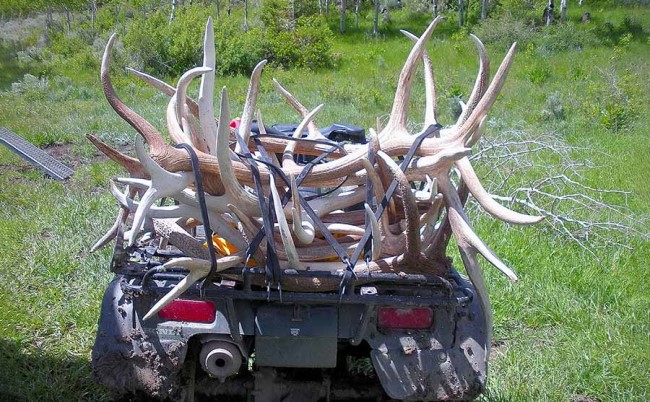
This is the real “trophy hunting”!
After dropping their antlers each winter, male deer, elk, and moose will grow a new set of antlers starting in spring. Looking for the shed antlers is a fun activity, and it can be quite profitable indeed. However, late winter and early spring are a tough time of year for deer, elk, and moose, which is why some states regulate shed antler hunting, and others require that shed hunters take an educational ethics class before shed hunting.
“During winter, big game animals, especially deer, often have a difficult time finding food,” DWR Once-In-A-Lifetime Species Coordinator Rusty Robinson said. “As a result, they often survive on fat reserves they have built up prior to winter. If the animals receive constant pressure from people and repeatedly have to run or move, they use up the fat reserves and energy they need to make it through the winter. Being disturbed briefly once or twice isn’t too significant, but … ongoing, repeated disturbances can be detrimental to deer.”
From late winter through early spring, the habitat that big game animals rely on is usually wet, which means it’s more at risk for damage. The antler gathering ethics courses that states offer can help you learn how to minimize stress to wildlife and also how to avoid damaging their habitats during this critical time of year. These are usually free, or available at a nominal cost. (Here’s Utah’s if you’d like to take it!)
There’s a caveat. Most states release the regulations and don’t require an ethics course if you wait until later in the spring. (The dates for when this happens vary by state, and sometimes by region.) That’s because, by that time, there’s browse available to the animals and “bumping” them by walking through their habitat isn’t dangerous for them.
A final note: If you find a skull with the antlers or horns still attached (often referred to as a “deadhead”), it’s possible the animal was poached. Do not pick up or move the skull or disturb footprints or other evidence at the scene. Instead, you should report it through your local fish and game agency.
-
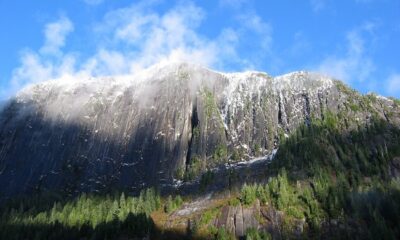
 Adventure1 month ago
Adventure1 month agoDoes the “Big Beautiful Bill” Have a Public-Lands Wart?
-
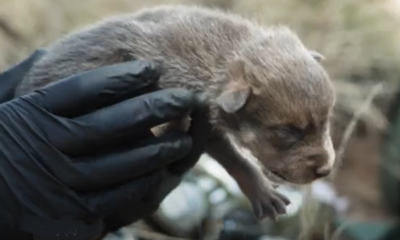
 Adventure2 months ago
Adventure2 months agoHowling in Cuckoo: How Mexican Wolves are Fostered
-

 Adventure3 weeks ago
Adventure3 weeks agoREACTION: Trump’s Make America Beautiful Again Agenda
-

 Gear4 weeks ago
Gear4 weeks agoLet Freedom RING! Primary Arms’ Independence Day Category Sale Starts NOW
-

 Adventure1 month ago
Adventure1 month agoU.S. Bighorn Sheep Going Home to Canada
-
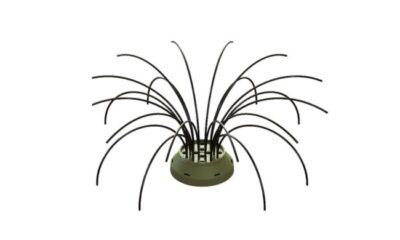
 Fishing1 week ago
Fishing1 week agoMy Wacky Bush Brings All the Bass to the Yard
-
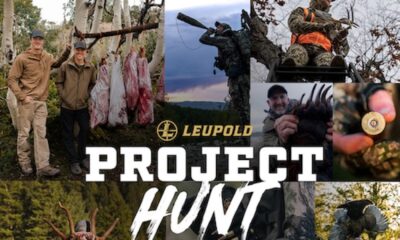
 Adventure2 months ago
Adventure2 months agoYour Dream Hunt Could Be a Movie & Leupold Can Help
-
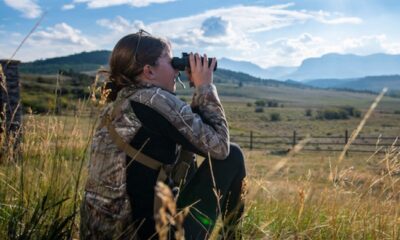
 Adventure3 hours ago
Adventure3 hours agoNo Ivy Required: University of Montana’s New Center for Hunting and Conservation
